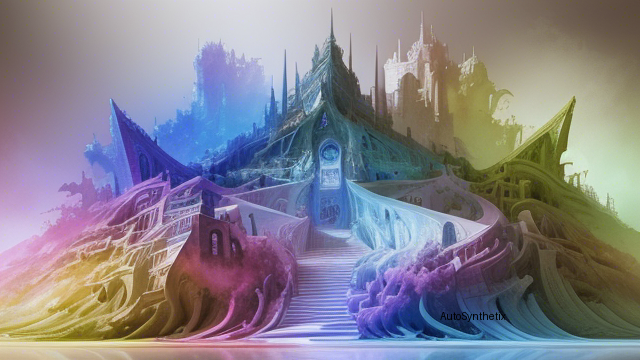In today's rapidly evolving artificial intelligence sphere, groundbreaking research continues to push boundaries - one such discovery lies within the realm of autoencoders known as 'diffusion models.' A recent publication delving into conditional diffusion models showcases a transformative technique called "Smoothed Energy Guidance" (SEG). Authored by Susung Hong from Korea University, this innovative strategy aims to elevate the performance of unconditional model-driven image creation processes.
Traditionally, conditional diffusion models excel in generating visually stunning outputs in numerous realms thanks to Classifier-Free Guidance (CFR). Nonetheless, when shifting focus towards unconditional scenarios - devoid of any explicit guidelines or prompts - existing methods often fall short in terms of overall quality, leading to unwanted artifacts. To address these issues, SEG offers a fresh outlook through its unique combination of energy landscaping perspectives coupled with self-attention mechanisms optimization.
At the core of SEG resides the conceptualization of the 'energy' related to self-attention mechanics. Through a carefully designed process, the researchers manage to flatten the intrinsic energetics curve associated with attention patterns, thereby enhancing the generative potential of images produced under unconditional settings. Consequently, they employ a practical approach wherein the curvilinearity degree of said energy terrain gets regulated by tweaking the Gaussian kernel value, maintaining a stable relationship with the predetermined 'guide scale' parameter throughout the procedure. Furthermore, the team introduces a smart 'Query Blurring' tactic, effectively equalizing the weight distributions over attention vectors sans inducing a complex computational load exponential in token quantities.
The experimental outcomes corroborating the efficiencies of SEG exhibit a notable advantage in two crucial aspects – substantial upliftments in image quality alongside diminished occurrences of undesirable aftereffects commonly observed during unsupervised learning phases. As a testament to their efforts, the source code implementing the SEG framework is openly accessible at https://github.com/SusungHong/SEG-SDXL , inviting further exploration and development in this burgeoning field.
As the world of AI marches forward, advancements like SEG pave new pathways toward optimized data processing strategies, ultimately redefining how we perceive next-gen imagery generation systems. With every breakthrough comes a step closer to realizing the full spectrum of human imagination's creative possibilities brought forth by intelligent machines.
Source arXiv: http://arxiv.org/abs/2408.00760v1
